Newsome Mills sits at the heart of Newsome – both geographically and historically. The mill was founded by John Taylor in 1827 and was a working woollen textile mill right up until 1983. During the 156 years of its operation, the mill made a significant contribution to Newsome. The village has grown around the mill, which was the main local employer for a long time. Many families who live in Newsome today have a direct relationship to the building.
The main building on the site is an impressive four-storey mill. This is the most prominent building in Newsome and is also a well-known Huddersfield landmark.
It can be seen clearly from Huddersfield town centre and the surrounding district. This building was constructed in the 1880s, and replaced an earlier mill building that was lost to fire in 1872.
The mill is most familiarly associated with the firm of Taylor & Littlewood, formed in 1873 when Ephraim Beaumont Taylor went into partnership with Joshua Littlewood. Under their management, Newsome Mills developed into a “Splendid block of buildings, mills and weaving sheds of great extent and admirable arrangement.”
All cloth manufacturing processes were carried out on the site – starting with raw wool and ending with the production of fine worsteds. There were 200 looms and 600 employees making trousers, coats and woollen goods.
The collection of buildings which remains today gives a good flavour of this range of activity, including not only the main four-storey mill, but also weaving sheds, administrative buildings, ancillary structures and dwellings. When the mill celebrated its 150th anniversary in 1977, it was the oldest privately owned fine worsted manufacturing company in Huddersfield with its own weaving and spinning plants. Taylor & Littlewood’s order books were still full in 1978.
Newsome Mills is a key part of the identity and history of the area – and local residents want to preserve it. The mill is a local landmark and a site of special historic value, both on a community level and as an important part of the textile heritage of the Huddersfield area. The resonance of this building extends far beyond the familiar chimes of its clock tower, which have fallen silent since the demolition crew arrived on site during Easter 2007.
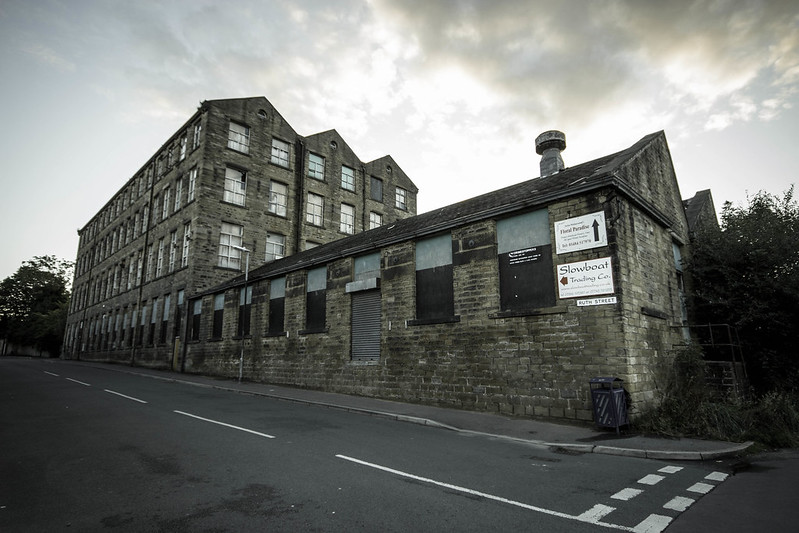
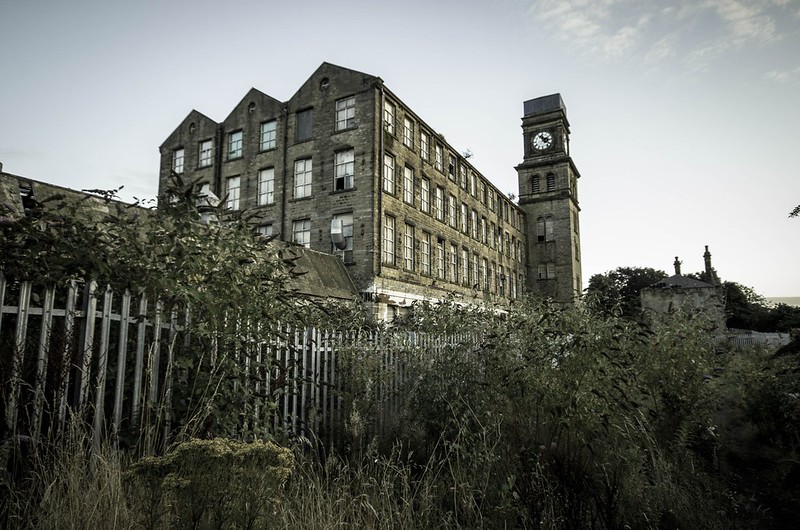
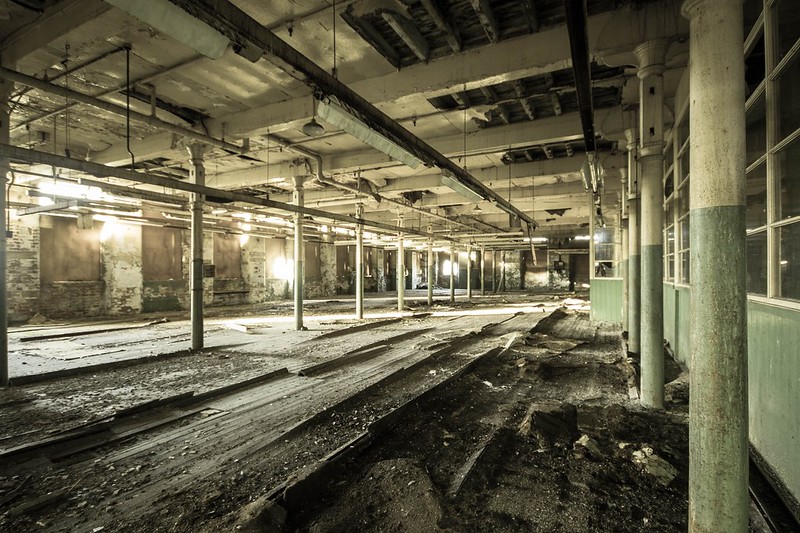
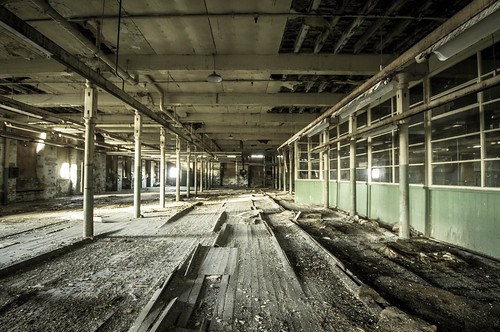
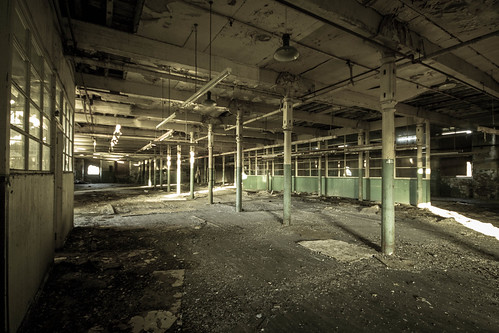
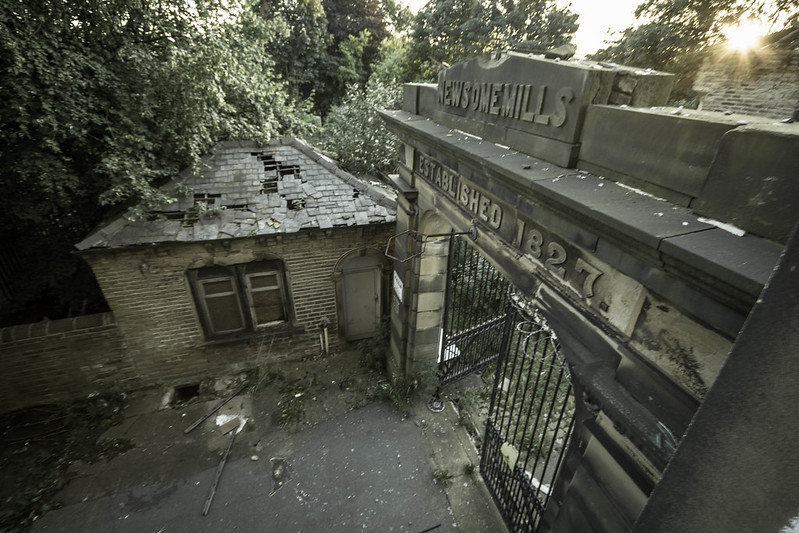
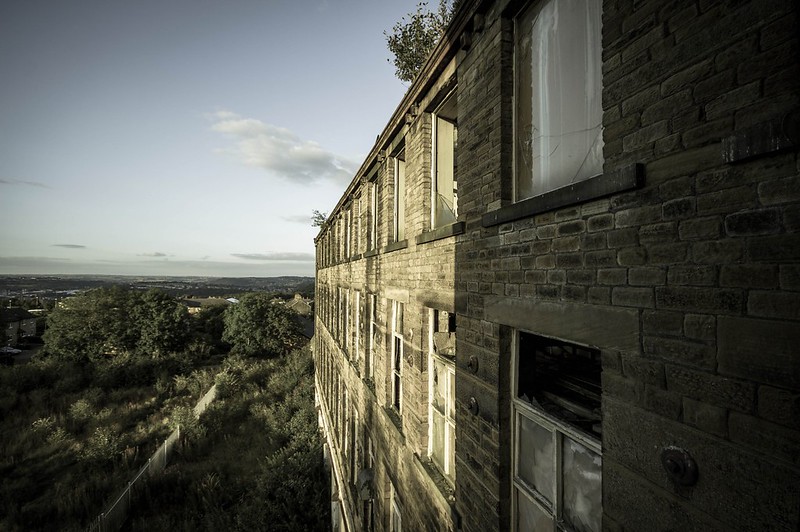
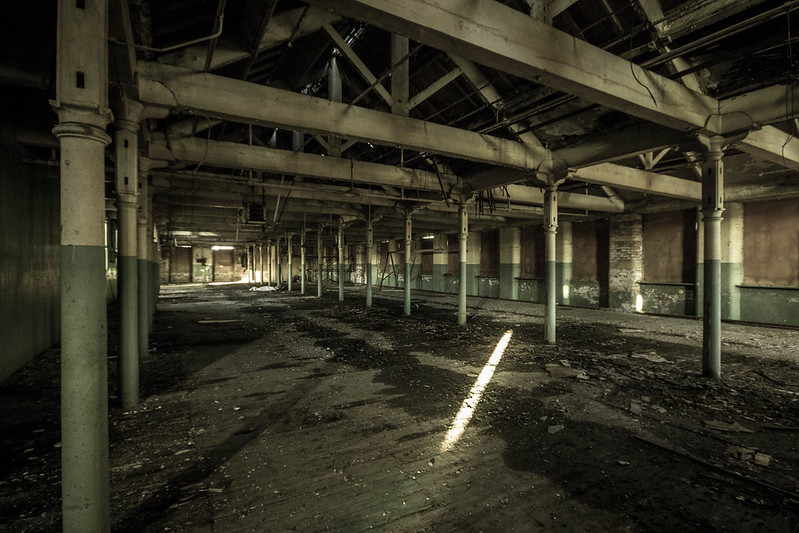

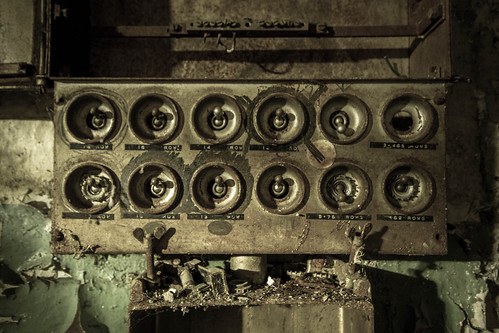
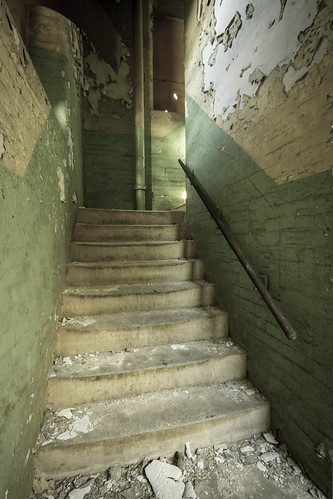
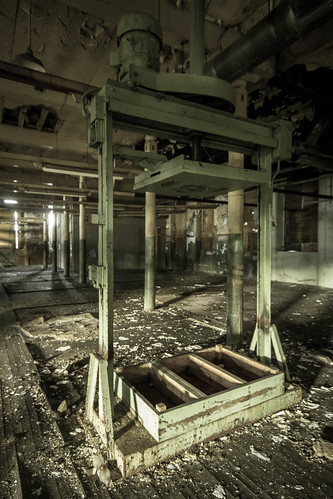
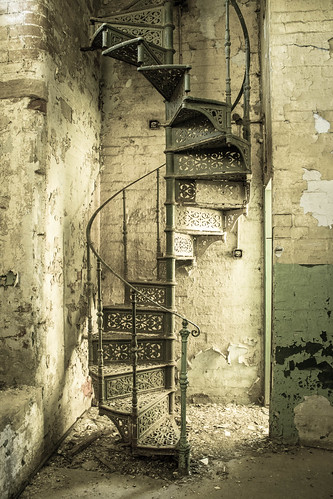

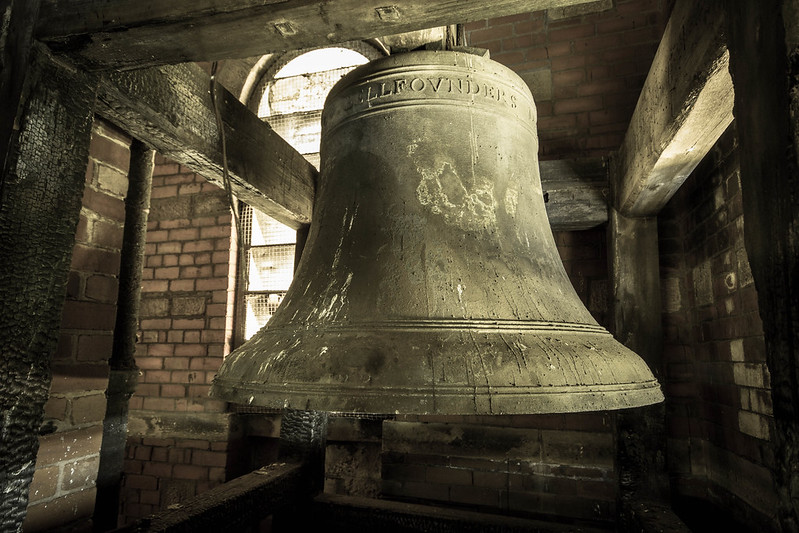
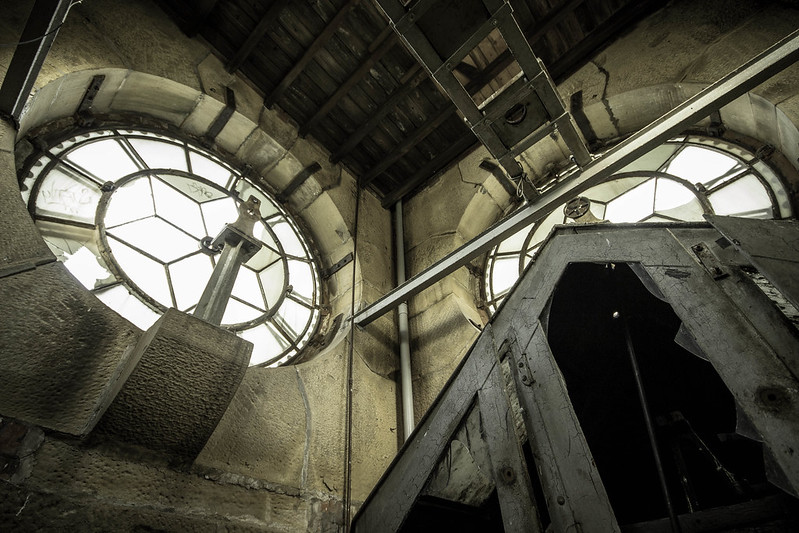
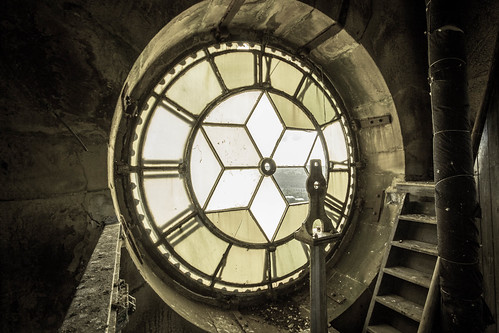

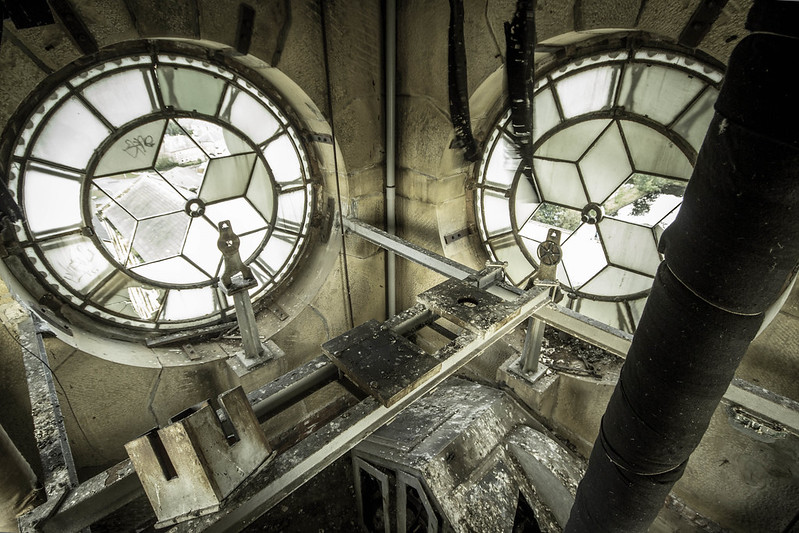
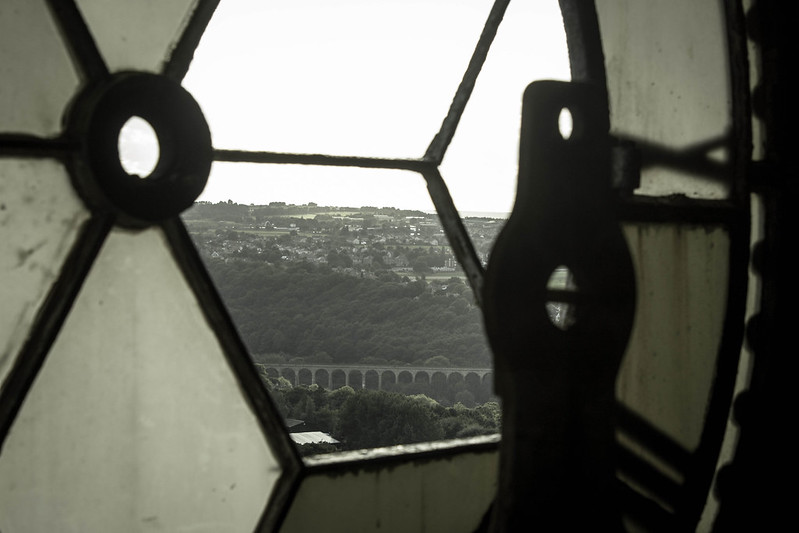
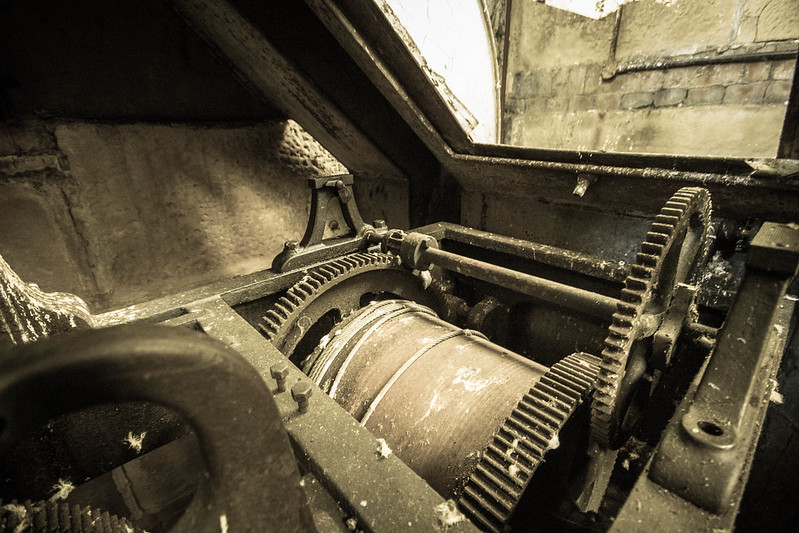
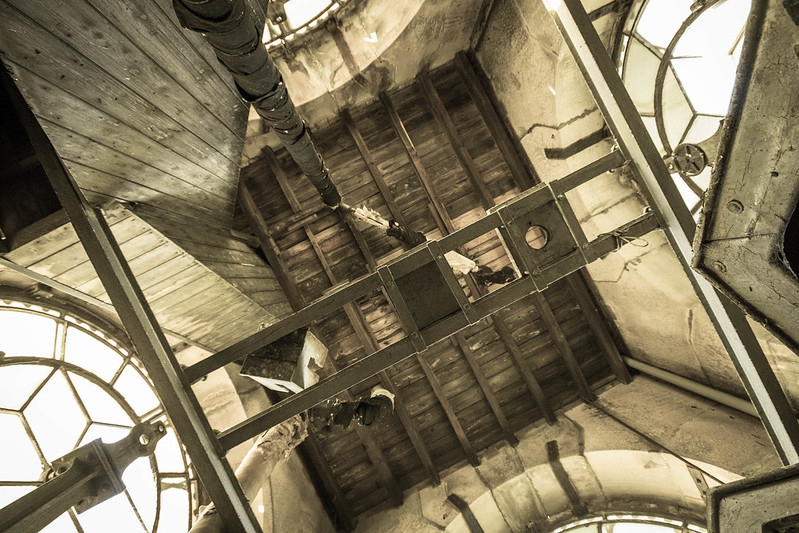

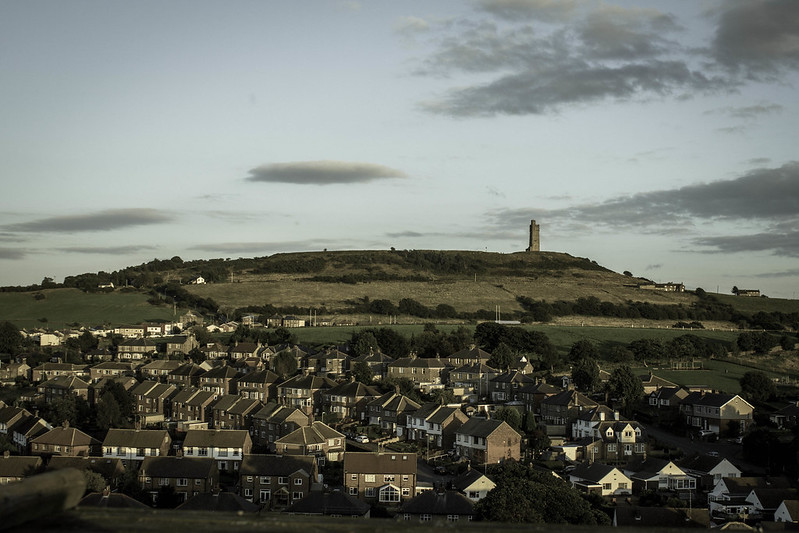
Thanks for looking
The main building on the site is an impressive four-storey mill. This is the most prominent building in Newsome and is also a well-known Huddersfield landmark.
It can be seen clearly from Huddersfield town centre and the surrounding district. This building was constructed in the 1880s, and replaced an earlier mill building that was lost to fire in 1872.
The mill is most familiarly associated with the firm of Taylor & Littlewood, formed in 1873 when Ephraim Beaumont Taylor went into partnership with Joshua Littlewood. Under their management, Newsome Mills developed into a “Splendid block of buildings, mills and weaving sheds of great extent and admirable arrangement.”
All cloth manufacturing processes were carried out on the site – starting with raw wool and ending with the production of fine worsteds. There were 200 looms and 600 employees making trousers, coats and woollen goods.
The collection of buildings which remains today gives a good flavour of this range of activity, including not only the main four-storey mill, but also weaving sheds, administrative buildings, ancillary structures and dwellings. When the mill celebrated its 150th anniversary in 1977, it was the oldest privately owned fine worsted manufacturing company in Huddersfield with its own weaving and spinning plants. Taylor & Littlewood’s order books were still full in 1978.
Newsome Mills is a key part of the identity and history of the area – and local residents want to preserve it. The mill is a local landmark and a site of special historic value, both on a community level and as an important part of the textile heritage of the Huddersfield area. The resonance of this building extends far beyond the familiar chimes of its clock tower, which have fallen silent since the demolition crew arrived on site during Easter 2007.
























Thanks for looking

































